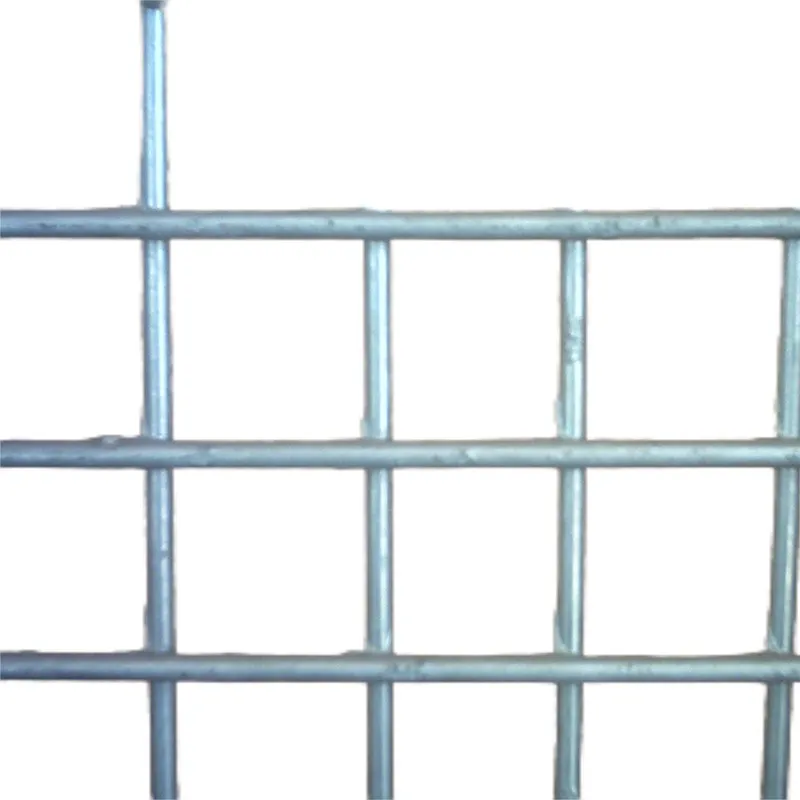พ.ย. . 05, 2024 17:18 Back to list
hydraulic pressure fittings
Understanding Hydraulic Pressure Fittings A Comprehensive Overview
Hydraulic systems are integral to various industries, from manufacturing and construction to automotive and aerospace. Essential to the effective functioning of these systems are hydraulic pressure fittings. These components play a crucial role in connecting hoses, tubes, and pipes within hydraulic circuits, ensuring efficient fluid transfer under high pressure. This article provides an overview of hydraulic pressure fittings, exploring their types, applications, and selection criteria.
The Role of Hydraulic Pressure Fittings
Hydraulic pressure fittings are designed to withstand high pressures and ensure leak-free connections in hydraulic systems. They serve multiple functions, including connecting fluid lines, sealing connections, and allowing for movement or flexibility in the system. The integrity of a hydraulic system heavily relies on these fittings, as even a minor leak can lead to loss of pressure, decreased efficiency, and potential safety hazards.
Types of Hydraulic Pressure Fittings
There is a wide variety of hydraulic pressure fittings available, each designed for specific applications and pressures. Some of the most common types include
1. Compression Fittings These fittings work by compressing a ferrule around the tube, creating a tight seal. They are easy to install and are commonly used in low-pressure applications.
2. Flare Fittings Flare fittings have a conical seating surface that allows for a secure seal when torqued. They are used in high-pressure systems due to their robustness and reliability.
3. NPT (National Pipe Thread) Fittings Featuring a tapered design, NPT fittings create a seal by threading. They are versatile and used in various applications, but their effectiveness can diminish if not installed correctly.
4. Quick Connect / Disconnect Fittings These fittings allow for easy assembly and disassembly of hydraulic connections, facilitating maintenance and equipment changes without the need to drain the system.
5. Socket Weld Fittings Designed for high-pressure applications, socket weld fittings are inserted into a pipe and welded, providing a strong and seamless connection.
Each fitting type has its own unique characteristics, advantages, and limitations, which must be considered when selecting the appropriate fitting for a specific application.
Applications of Hydraulic Pressure Fittings
Hydraulic pressure fittings are used across numerous industries and applications
. Some notable examples includehydraulic pressure fittings

- Construction Equipment Hydraulic pressure fittings are vital in equipment such as excavators, bulldozers, and cranes, where they facilitate the movement and operation of mechanical arms and attachment tools.
- Automotive Industry In vehicles, hydraulic systems are employed for braking systems, steering mechanisms, and lifting components. Reliable fittings are essential for safety and performance.
- Manufacturing Hydraulic systems in manufacturing often involve heavy machinery that requires precise control and high fluid pressure, making robust fittings imperative.
- Aerospace In aerospace applications, hydraulic systems control essential functions, such as landing gear and flight controls. The fittings used in these systems must meet rigorous standards for safety and reliability.
Selecting the Right Hydraulic Pressure Fittings
When choosing hydraulic pressure fittings, several factors should be taken into account
1. Pressure Rating The fitting must be able to handle the maximum psi (pounds per square inch) of the system to avoid failure.
2. Material Compatibility Consider the fluid being used and the materials that can resist corrosion and wear over time. Common materials include steel, stainless steel, brass, and polymer-based products.
3. Temperature Range The fittings should be able to withstand the operating temperature of the hydraulic system without compromising their integrity.
4. Type of Connection Depending on the application, you may require a particular type of connection or fitting style for optimum performance.
5. Installation Space Ensure there’s enough space to accommodate the fitting type chosen, especially in confined areas of machinery or equipment.
Conclusion
Hydraulic pressure fittings are an essential component in the world of hydraulic systems, playing a vital role in ensuring the safety and efficiency of various applications. Understanding the different types, applications, and selection criteria for these fittings is crucial for anyone involved in designing, maintaining, or repairing hydraulic systems. By selecting the appropriate fittings, industries can enhance the performance, reliability, and longevity of their hydraulic equipment, ultimately contributing to safer and more efficient operations.
-
The Role of Field Wire Fence in Grassland Conservation
NewsJul.15,2025
-
Stainless Steel Razor Wire Durability in Coastal Environments
NewsJul.15,2025
-
Enhancing Home Security with Mesh Fences
NewsJul.15,2025
-
Diamond Mesh Wire for Small Animal Enclosures
NewsJul.15,2025
-
Common Wire Nail Tensile Strength Testing for Woodworking
NewsJul.15,2025
-
Barbed Wire Corrosion Resistance Galvanization Techniques
NewsJul.15,2025









